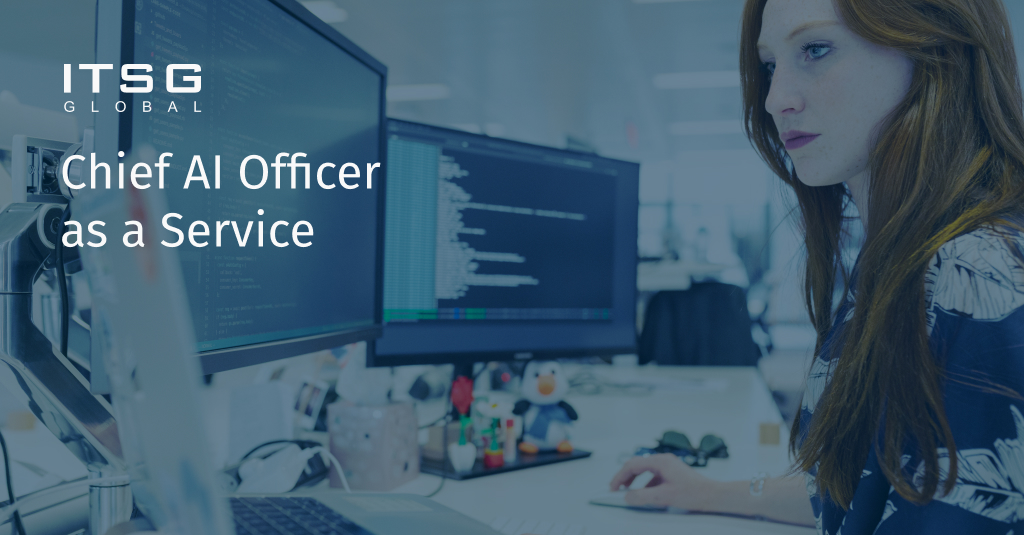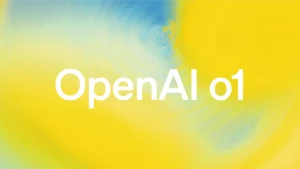5 December 2023

Generative artificial intelligence (GenAI) was a buzzword a while ago, but it proved itself to be a business tool that’s here to stay. GenAI happens to offer substantial opportunities for improving operations and competitiveness, but it also introduces challenges that didn’t exist before. This matter brought us to the emerging importance of a Chief AI Officer (CAIO). The CAIO is expected to become indispensable for organizations, as it connects business goals and technological advances.
The checklist to determine your need for CAIO:
- Is there a clear communication strategy for AI initiatives in your business?
- Is the allocation of AI-specific budgets generating the anticipated ROI?
- Is your organization efficiently managing the lifecycle of its data assets?
- Does your enterprise lack a coherent AI roadmap?
- Is your organization experiencing a skills gap in AI capabilities?
GenAI has proved itself effective when dealing with a wide variety of specific tasks. When dealing with data, marketing-related tasks or handling customers inquiries it can work faster than a human employee, leaving more abstract and talent-requiring tasks to the latter. That being said it still has to managed.
The CAIO’s role begins with a firm’s initial AI activities. Their core aim is to guide AI efforts until they deliver their full potential, either through specific applications or the development of in-house skills. Additionally, a CAIO provides a strategic roadmap for AI, ensuring alignment with the organization’s wider objectives. As initiatives within a company mature, delivering tangible business value, the CAIO’s involvement can grow as well, making way for an in-house team or evolve to address new challenges. The CAIO’s primary objective is to initiate AI endeavors within an organization and steward them until they realize full business value. As a result you, as a business owner, don’t have to invest in hiring a GenAI specialist on board, which already is problematic, since the technology is relatively new and specjalists are mainly self-taught.

GOT MODEL > GROW – OPERATE TRANSFER
Grow-Operate-Transfer (GOT) model is an approach advocated for its versatility and alignment with long-term strategic goals in any business.
The GROW stage requires collaboration on your part to determine the strategic role of AI in your business. Your CAIO should integrate with your business objectives, so he or she has to understand what processes can be delegated to AI. A dialogue is a crucial part at this point.
When OPERATING the chosen expert operates under our supervision but remains closely integrated with your team, ensuring that the strategic initiatives are executed in alignment with your corporate vision. Regular reporting, check-ins, and performance evaluations are intrinsic to this phase, ensuring transparency and alignment.
After that phase has demonstrated tangible results, and a symbiotic relationship is forged, you have the option to bring this strategic role in-house. That’s called TRANSFER and it allows your organization to secure its investment, ensuring continuity, and capitalizing on the deep-rooted understanding the individual has developed during the prior stages.
The GOT model, therefore, isn’t just about outsourcing a role; it’s about co-creating a strategic path and “producing” talent where is lack of thereof on the market. It offers the flexibility of external expertise, combined with the security of long-term internal integration. This approach ensures that you’re not just hiring an individual, but are strategically investing in a future leader who’s tried, tested, and perfectly attuned to your organization.
Benefits for your business:
- You minimize the risk of investing into GenAI solutions blindly. You have an expert on board who will be able to tell you which investments make sense for your operation
- You don’t have to recruit your own GetAI specialist, which might be tricky, because how would you be able to test his skills? GenAI is a relatively fresh trend and HR specialists are not trained yet to find talents in that are
- You CAIO is more than capable of explaining how GenAI works and when it would be the best to implement it. Therefore you can understand better how it’s operating and, therefore, plan your next decisions ahead of time
Author: Cezary Dmowski, CTO at ITSG Global





